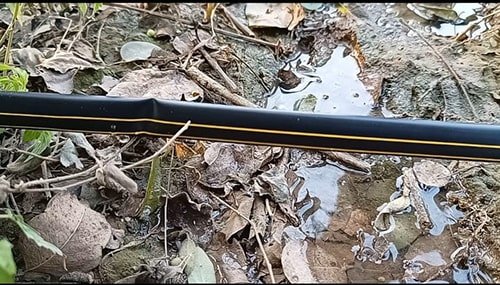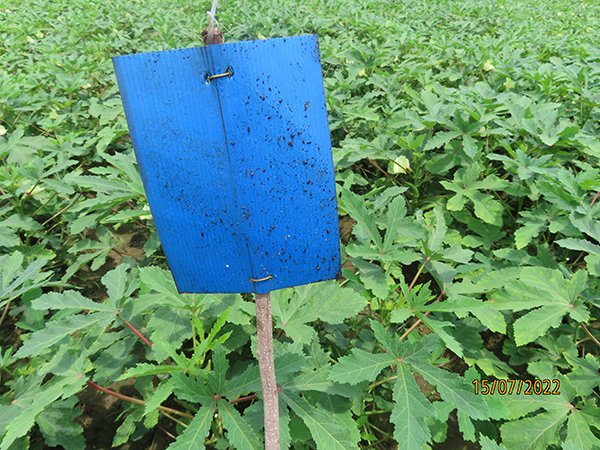

Drip irrigation
0 Comments
Explore More
Success Story on Vermicompost!

Now a days people are much aware about organic produce or chemical less agriculture products in every part of India so it resulted high demand of vermicompost in various sectors.
Agriculture

India is an agricultural country and a major part of its population here depends on agricultural income. Farmers’ income is decreasing day by day, hence increasing income from agriculture is
Azola production

Azolla is a free-floating aquatic fern that has many benefits for agriculture. Azolla has been used as a nitrogen fertilizer, feed for livestock, and in weed and mosquito control. Azolla

